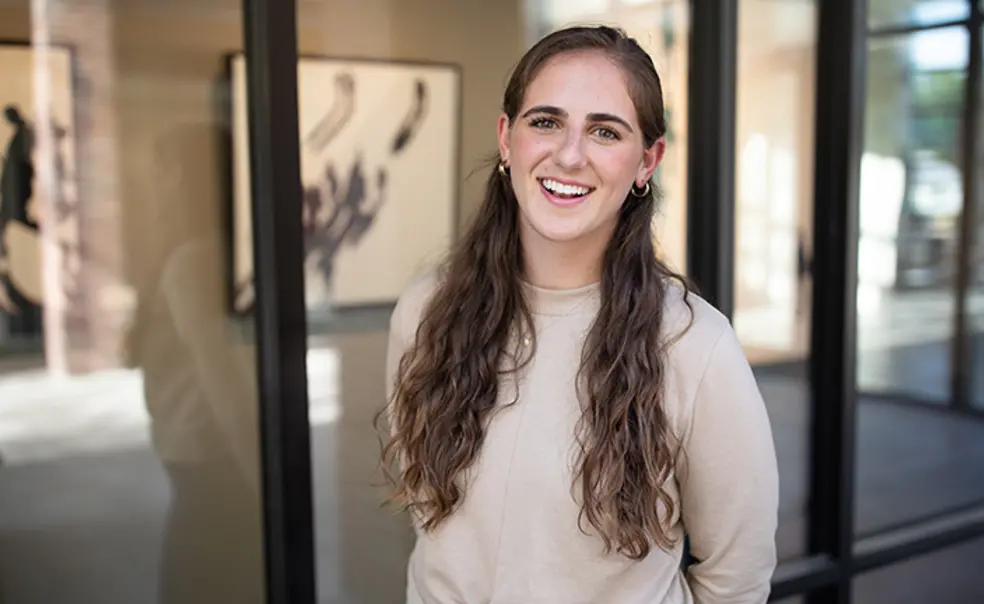Yasmeen Almog ’17 Is Predicting Bone Fractures With AI
‘The potential use cases are pretty limitless’
Ten million Americans have osteoporosis. One in two women over 50 will suffer a major fracture because of it. Yet for all its prevalence, this symptom-less “silent disease” often goes undiagnosed until too late.
“You typically don’t know that you have osteoporosis until you break a bone,” says Yasmeen Almog ’17, a data scientist at the biotechnology company Amgen. For the elderly, among whom osteoporosis is most common, bad fractures often prove devastating or even fatal.
In the fall of 2018, as a new hire at Amgen, Almog began building a machine-learning tool to identify the disease before it reached the breaking point. Two years later, the product in development — called Crystal Bone — is a novel application of artificial intelligence that could prevent tens of thousands of fractures every year.
“Yasmeen challenged us to literally think outside the black box,” says Amgen’s medical lead for bone health, Dr. Mary Oates, alluding to the [so-called] ‘black box’ of machine-learning systems. “It has opened up opportunities for us all to think about the future of data science and health care.”
Unlike the several other machine-learning tools used to predict osteoporosis, most of which are trained to scan X-ray or MRI images for signs of fracture or weakness, Crystal Bone borrows tools from natural language processing, the application of artificial intelligence to processing and analyzing human language. After being fed reams of text, algorithms learn to recognize syntactic patterns and predict the most likely next word in a sentence. This is, in broad terms, how autocomplete and Google Search work.
“We’ve taken this exact same approach, except instead of looking at actual English text, we’re looking at sequences of diseases or diagnosis codes,” explains Almog. “We use that story to predict the likelihood that you’re going to have a bone fracture.”
Because Crystal Bone reads preexisting diagnosis codes and does not require the manual input of patient information, it can be integrated directly with electronic health record systems to generate predictions automatically. And because the algorithm surveys each patient’s entire medical history, it takes into account a broad range of potential risk factors and the ways those factors change over time.
Another feature that sets Crystal Bone apart: It predicts short-term risk. Whereas other AI tools anticipate fractures that may be 10 years away, Almog trained her algorithm to predict fractures just one or two years away to convey a sense of urgency about the disease, which is treatable.
“Ten years from now might not feel actionable,” says Almog. “Two years feels a lot more imminent.”
Almog’s fascination with machine learning began in her senior year at Princeton, when she tackled a problem that had dogged her time on the women’s diving team: due to a shortage of diving experts qualified to serve as judges, coaches were often called upon to score their own athletes.
“We would go compete at the Harvard-Yale-Princeton competition, and the three judges at the meet would be the Harvard coach, the Yale coach, and the Princeton coach,” says Almog. “That obviously presents opportunity for bias.”
For her senior thesis, Almog tried to build an algorithm that could replace human judges. “Through that whole experience, I just got really into data science,” she says.
Crystal Bone is just the beginning of what data science can bring to medicine, Almog says. “The potential use cases are pretty limitless.”












No responses yet